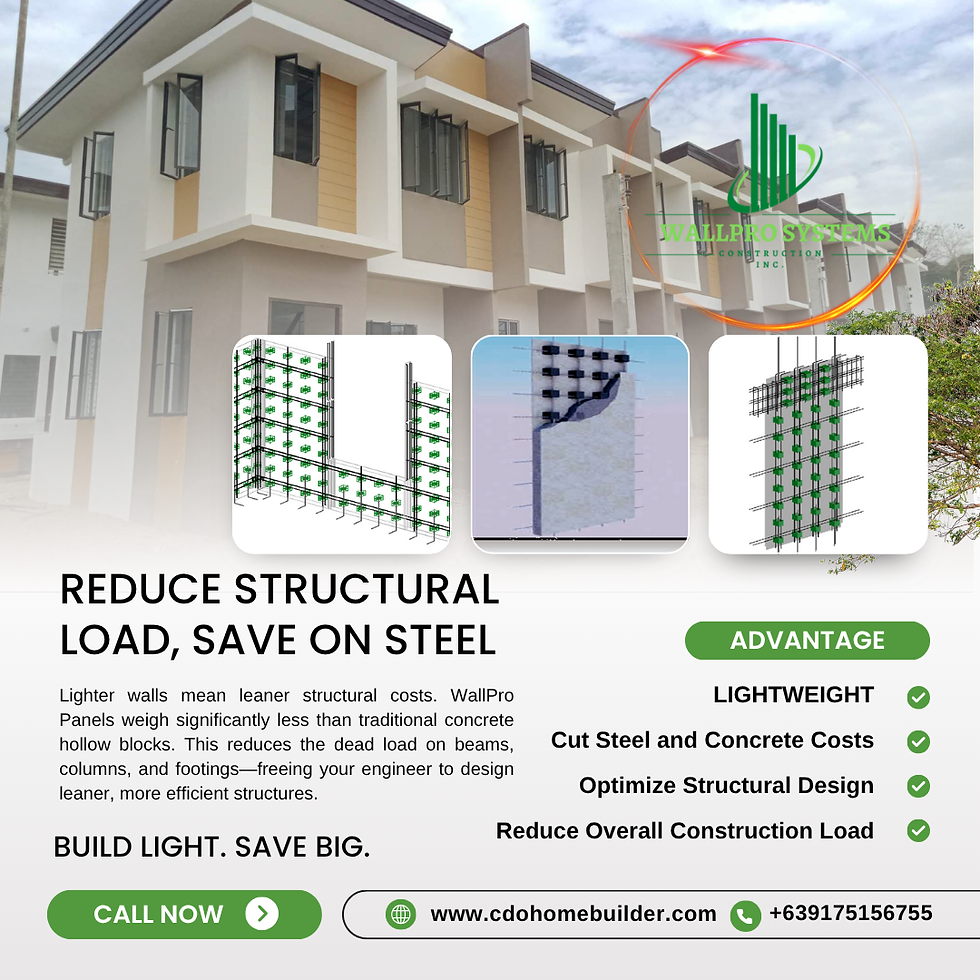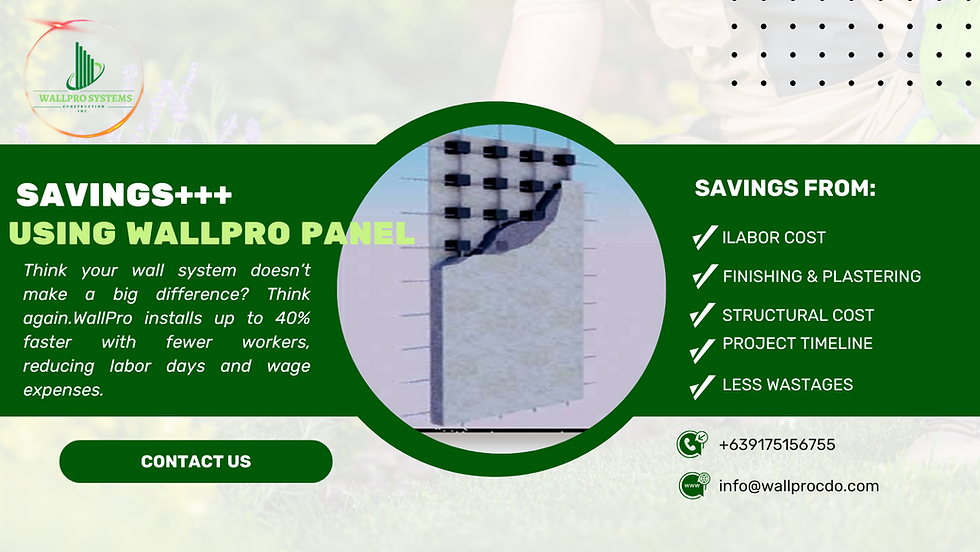If you already own a residential lot, you’re sitting on a golden opportunity. Instead of leaving your land idle, you can transform it into the home you’ve always dreamed of—without the added cost of buying a new property. With a Pag-IBIG Construction Loan, building on your own lot has never been more accessible and budget-friendly.
Why Build on Your Own Lot?
Cost Savings – Since you already own the lot, you save significantly by only financing the construction.
Full Customization – You have the freedom to design a home that suits your family’s needs, lifestyle, and future growth.
Better Location Control – Building on your own land means you’ve already chosen the community and location you want to settle in.
Higher Property Value – Turning an empty lot into a fully built home instantly increases its market value, making it a long-term investment.
Government-Backed Financing – Pag-IBIG provides lower interest rates and flexible payment terms compared to private lenders, ensuring your project is both affordable and secure.
How Pag-IBIG Helps You Build on Your Own Lot
Pag-IBIG’s Construction Loan allows you to:
Borrow up to ₱6 million, depending on your income and capacity to pay.
Choose longer repayment terms of up to 30 years.
Enjoy inclusive programs for low- and middle-income earners, making it easier for first-time homeowners to build.
Your residential lot deserves more than to remain idle—it has the potential to become your family’s forever home. With Pag-IBIG Construction Loan, you can bring your dream house to life in a location that’s already yours.


